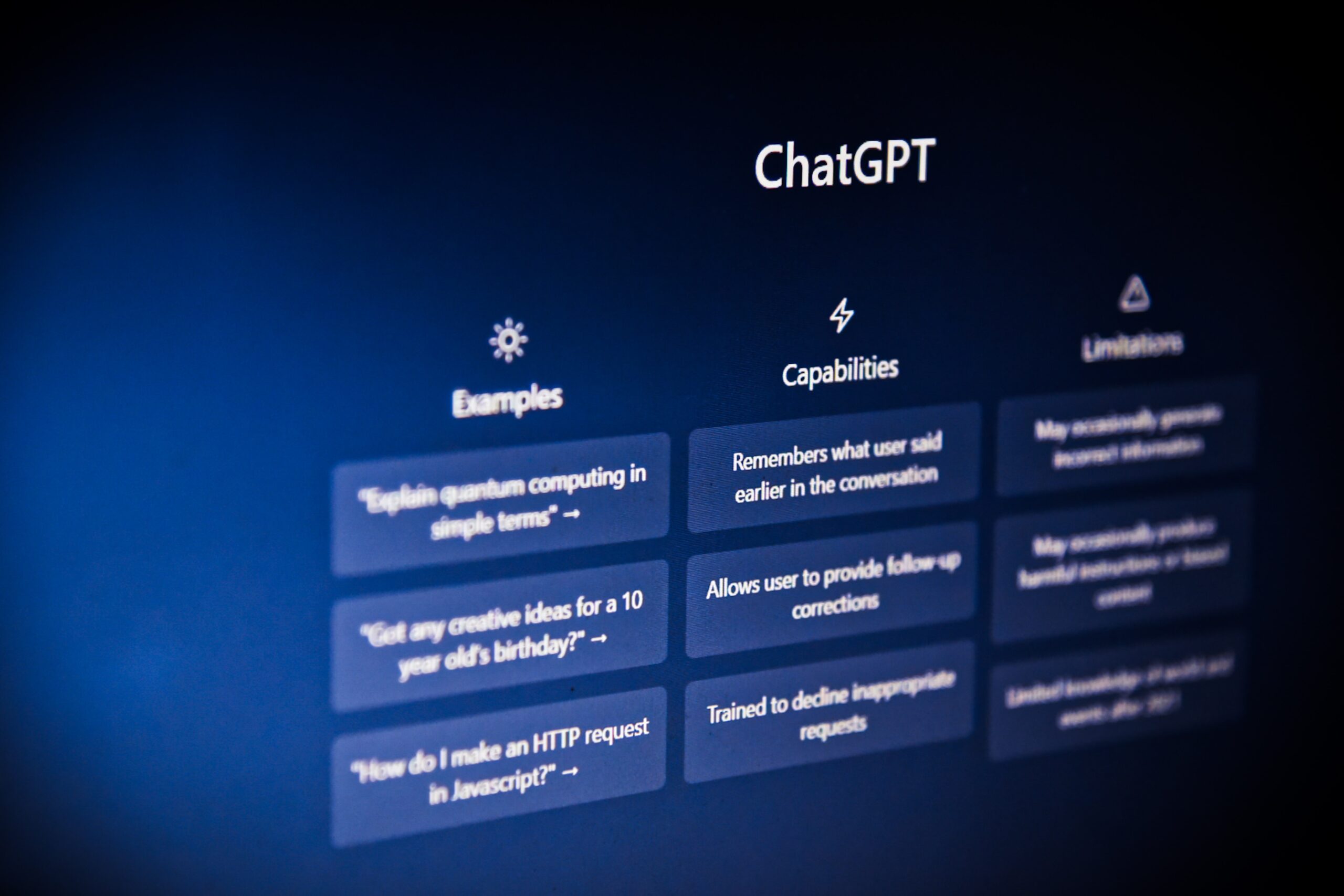Introduction
Feedback plays a crucial role in college students’ academic and personal growth. It serves as a guide to improving understanding, refining skills, and achieving higher standards. Common sources of feedback include professors who provide expert insight, peers who offer collaborative perspectives, and self-assessment, which encourages self-reflection and personal development. Embracing feedback from these various sources can help students navigate their educational journey more effectively and foster a culture of continuous improvement. Moreover, this blog post will provide steps on how students should handle the feedback they are given to remain successful in their academics.

Understanding the Nature of Feedback
Constructive vs. Destructive Feedback
Understanding the difference between constructive and destructive feedback is essential for college students aiming to utilize critiques effectively. Constructive feedback is aimed at improvement and is often specific, actionable, and delivered to help the recipient grow. This type of feedback highlights areas for improvement while also recognizing what is being done well. For example, a professor might say, “Your thesis statement is strong, but to strengthen your argument, consider adding more evidence from credible sources.” Such feedback provides clear guidance on elevating one’s work, encouraging a mindset oriented towards continuous learning and development.
In contrast, destructive feedback can be vague, unhelpful, or harmful. This type of feedback often focuses on what is wrong without providing solutions or suggestions for improvement. It may also come across as judgmental or overly critical, potentially damaging the recipient’s confidence and motivation. An example of destructive feedback might be, “This essay is terrible and doesn’t make any sense.” Without specific guidance or constructive comments, such feedback can leave students feeling demoralized and unsure how to move forward. Recognizing and differentiating between these types of feedback helps students selectively internalize beneficial critiques while disregarding unnecessarily harsh or unconstructive ones.
Objective vs. Subjective Feedback
Feedback can also be categorized based on whether it is objective or subjective. Objective feedback is grounded in clear, measurable criteria, often derived from established standards such as grading rubrics or specific guidelines. This type of feedback focuses on factual errors, adherence to instructions, or specific performance metrics. For instance, objective feedback might involve pointing out a mathematical error in a physics problem set or noting a missing citation in a research paper. Because it is based on concrete criteria, objective feedback is typically easier to understand and act upon.
On the other hand, subjective feedback is based on personal opinions, preferences, or stylistic choices that may vary from individual to individual. This type of feedback can include comments on writing style, creativity, or the impact of a presentation. For example, a peer might suggest that a certain paragraph in an essay could be more engaging if written in a different tone or style. While subjective feedback can offer valuable insights and foster creative thinking, students need to weigh these opinions carefully and consider the context and source of the feedback before making changes. Balancing objective and subjective feedback allows for a more well-rounded approach to improvement.

Preparing to Receive Feedback
Maintain an Open Mind
Encourage students to approach feedback with an open mind and readiness to learn. Coming into a feedback session with preconceived notions or a defensive attitude can hinder learning and prevent valuable insights from being embraced. It’s essential to understand that positive or negative feedback is a tool for growth. By viewing feedback as an opportunity to improve rather than a personal attack, students can open themselves up to new perspectives and ideas that could enhance their academic and personal development.
Emotional Readiness
Discuss the importance of being emotionally prepared to receive criticism without taking it personally. Criticism can evoke strong emotional reactions, especially when it touches upon areas we deeply care about. Being emotionally prepared means acknowledging these feelings but not letting them cloud judgment or responsiveness to the feedback provided. Students should strive to separate their sense of self-worth from their work and recognize that feedback is aimed at helping them grow. Building emotional resilience can transform potentially negative experiences into constructive learning opportunities.
Active Listening
Stress the need for active listening when feedback is given verbally, ensuring a full understanding of the points being made. Active listening involves paying full attention to the speaker, asking clarifying questions if necessary, and reflecting on what is being said without interruption. This approach demonstrates respect for the person giving the feedback and ensures that the student fully comprehends the advice or criticisms being shared. By practicing active listening, students can better assimilate and apply the feedback more effectively to their future work.
Handling Feedback from Professors
Clarify Ambiguities
Advise students to ask for clarification on any feedback that isn’t clear. Misunderstandings can lead to the implementation of incorrect changes or missed opportunities for improvement. By seeking clarification, students can ensure they fully grasp the points being made and apply the feedback effectively. Professors often appreciate when students show initiative in understanding their critiques, reflecting a commitment to learning and development.
Separate Self-Worth from Work
Encourage separating one’s self-worth from academic performance to handle criticism better. It’s easy to conflate personal value with academic success, but this mindset can make receiving feedback particularly challenging. By viewing academic work as separate from personal identity, students can adopt a healthier perspective that enables them to see critiques as opportunities for growth rather than personal attacks. This separation fosters resilience and a more constructive approach to continuous improvement.
Take Notes
Suggest taking notes during feedback sessions to remember key points. Writing down comments, suggestions, and improvement areas helps retain the information provided and is a reference for future work. Note-taking also demonstrates to the feedback provider that the student is engaged and serious about implementing the advice given. Reviewing these notes later can reinforce understanding and guide subsequent revisions or projects.
Handling Peer Feedback
Peer Review Sessions
Structured peer review sessions offer a unique opportunity for students to gain diverse perspectives on their work. These sessions create an environment where students can learn from each other by providing and receiving detailed feedback. Peer reviews can uncover overlooked areas, provide alternative viewpoints, and suggest new techniques, making them invaluable to learning. Moreover, these sessions cultivate community and collaborative learning, enhancing academic performance and personal development.
Be Receptive but Critical
While it is important to be open to peer feedback, students should also develop the ability to evaluate the suggestions they receive critically. Not all feedback will be equally valuable; some may reflect personal opinions or misunderstandings. Encouraging students to scrutinize feedback, considering its relevance and alignment with the assignment criteria, helps ensure that only the most constructive and applicable advice is implemented. This approach fosters a balanced perspective where students can benefit from peer insights while maintaining the integrity of their work.
Mutual Respect
Mutual respect and constructive language are paramount during peer feedback exchanges. Teaching students to offer critiques in a respectful and supportive manner encourages a positive and productive feedback culture. Using specific, objective language and focusing on the work rather than the individual helps maintain a respectful tone. Establishing these guidelines helps prevent misunderstandings and fosters an environment where students feel comfortable sharing their work and receiving feedback, ultimately enhancing the learning experience.
Reflecting on and Implementing Feedback
Self-Reflection
Recommend taking time to reflect on the feedback received before reacting. Immediate reactions to feedback can sometimes be driven by emotions rather than rational thinking. By taking a step back and allowing themselves time to absorb the information, students can gain a clearer and more objective understanding of the critiques. This reflective approach helps dissect the feedback to identify specific areas that need attention and how best to address them.
Prioritize Changes
Guide students on prioritizing changes based on the feedback to avoid feeling overwhelmed. Not all feedback can or should be acted upon simultaneously. Please encourage students to determine which pieces of feedback are most critical and align them with their academic goals or assignment requirements. By focusing on high-priority feedback first, students can make meaningful improvements without being daunted by the volume of changes suggested.
Develop an Action Plan
Advise creating an action plan to implement the feedback constructively. An action plan provides a structured approach to addressing feedback, detailing specific steps and a timeline for improvement. This plan can include setting small, achievable goals contributing to significant progress. With a clear roadmap, students can systematically tackle the feedback, ensuring that each critique is thoughtfully considered and effectively incorporated into their work.
Conclusion
In summary, effectively handling feedback involves several key strategies, including actively listening, clarifying ambiguities, separating self-worth from work, and taking detailed notes. Both professor and peer feedback offer invaluable insights that, when received with an open yet critical mindset, can significantly enhance academic performance and personal growth. Reflecting on feedback, prioritizing changes, and developing a structured action plan is essential to ensure critiques are constructively implemented. Ultimately, viewing feedback as a tool for growth and improvement fosters a positive attitude towards continuous learning and development, equipping students with the resilience and skills necessary for their academic and professional journeys.















